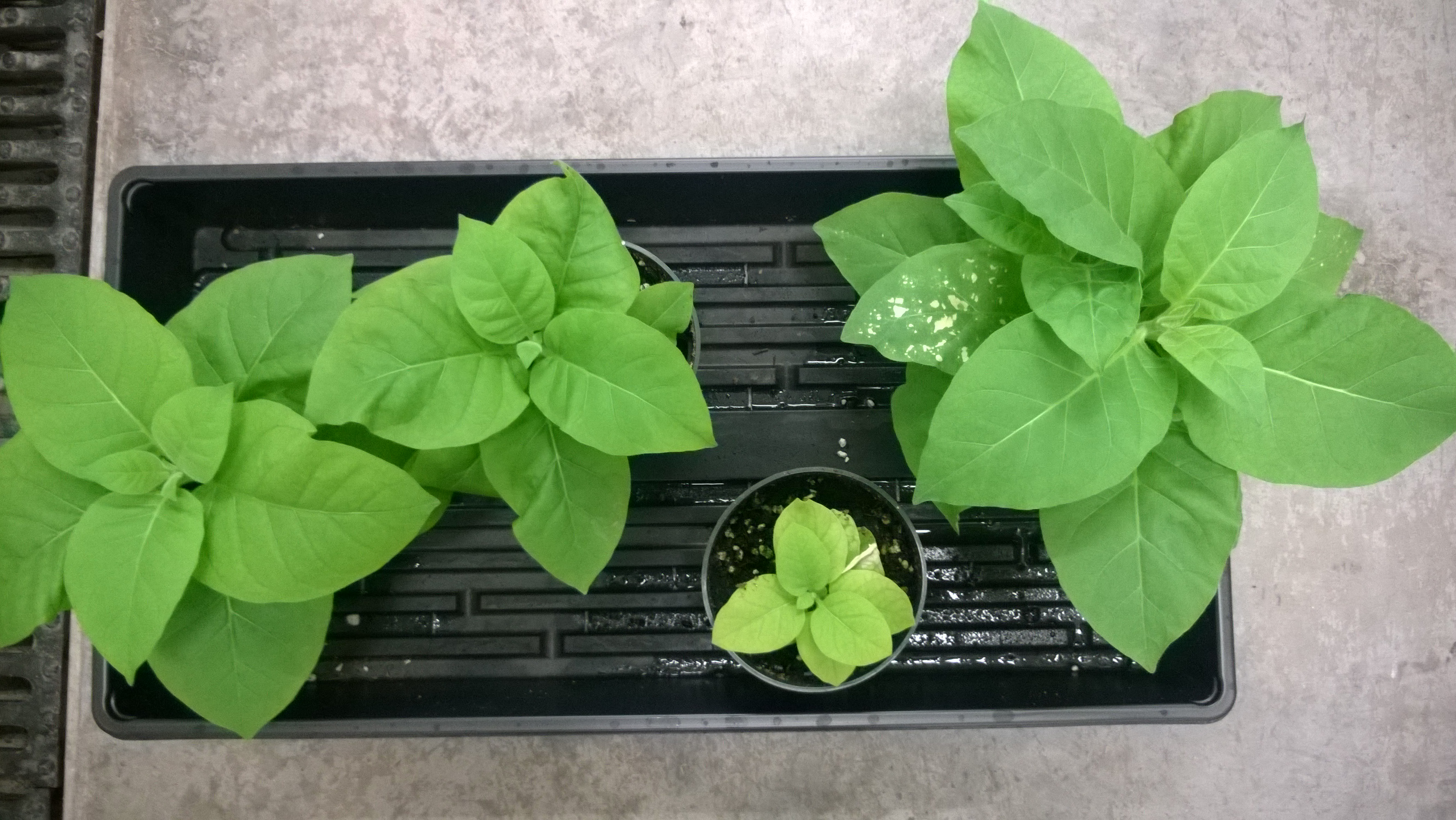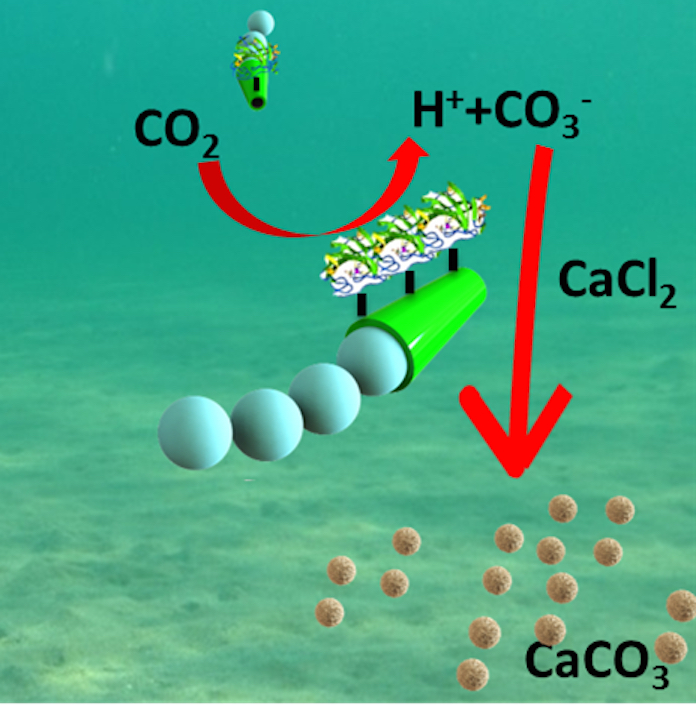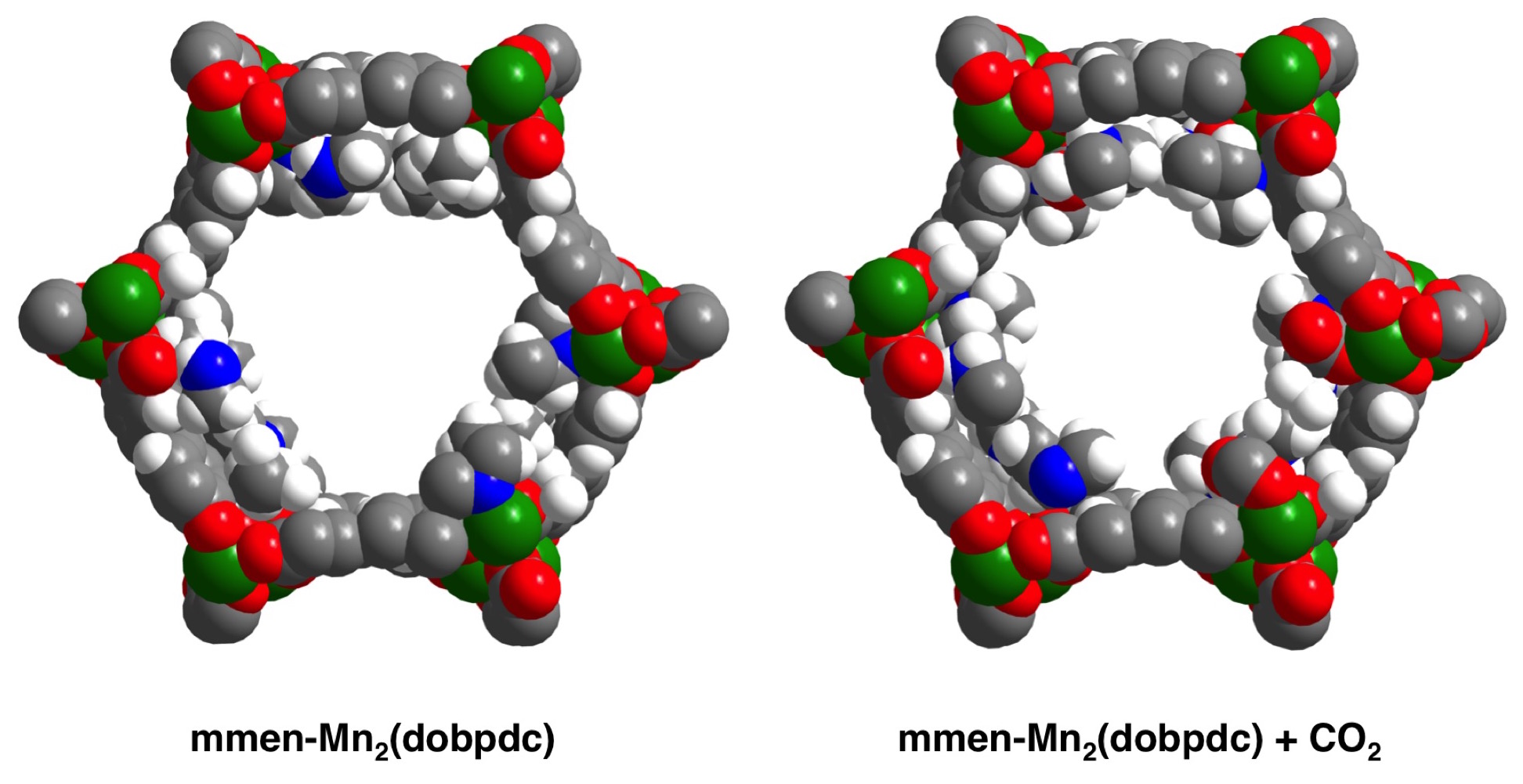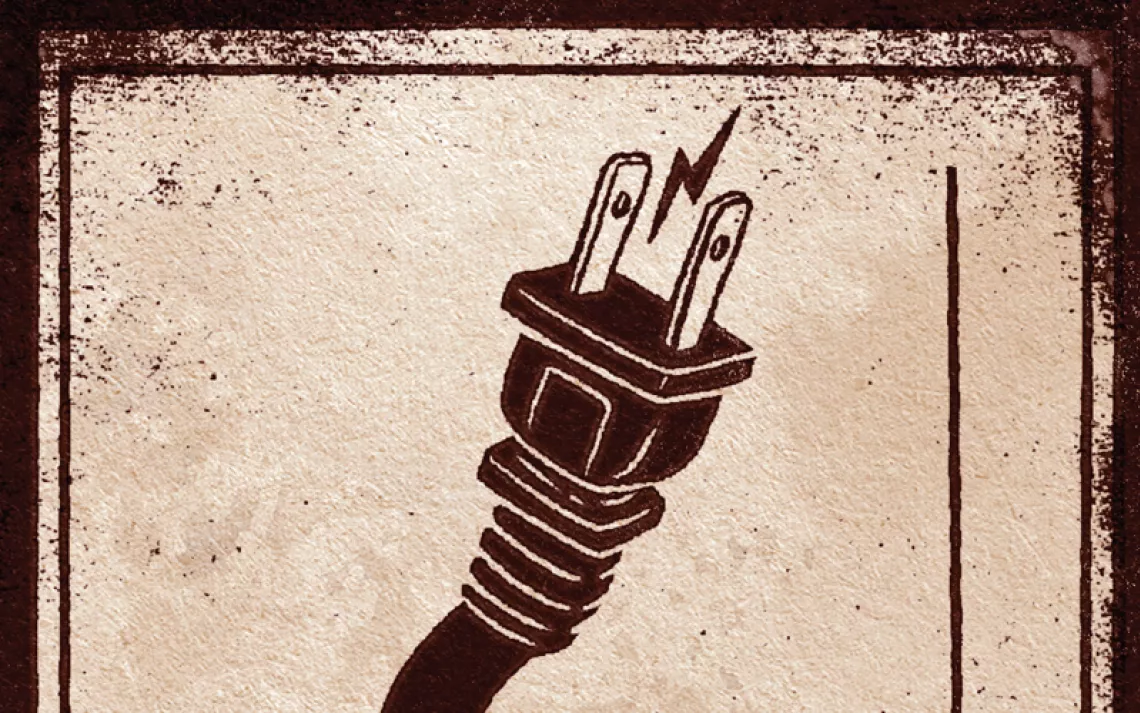Decarbonating The Future
Three pioneering technologies that could clean up our carbon overload

Photo by iStock/lucky_spark
The recent news that major players like China, the United States, Brazil, and India have made important commitments to reduce their carbon emissions is raising hopes that the world just might get a handle on climate change. But the grim reality is that even with all the pledges made so far,the Earth is still on track to heat up by more than 6.3 degrees Fahrenheit, according to the group Climate Interactive. That’s well past the point at which scientists anticipate catastrophic changes to the planet’s ecosystems. In other words, we’re still in deep trouble.
Enter the concept of Carbon Dioxide Removal (CDR). Considered by some to be pioneering science and by others a crackpot waste of time, CDR technologies aim to remove enough CO₂ from the air and water to mitigate climate change and ocean acidification. Opponents argue that preventing emissions from entering the atmosphere in the first place should be the top priority, but given the gravity of the situation, an all-of-the-above approach might be warranted.
On that note, we take a closer look at three fascinating proposals for how to reduce the planet's carbon overload.
SUPER PLANTS
 Photo Courtesy of Dr. Myat Lin
Photo Courtesy of Dr. Myat Lin
All photosynthetic organisms suck CO₂ from the atmosphere and fix it back into organic molecules that form the base of the food chain. However, some do it better than others. The enzyme in plants that’s responsible for this feat—called RuBisCO—is surprisingly inefficient, but a more effective version exists in cyanobacteria, the blue-green algae thought to have first oxygenated the planet billions of years ago.
So, could we use this better version of RuBisCo to give plants an upgrade? Successful insertion of the enhanced RuBisCo gene from single-celled algae into a multicellular plant has been a longstanding goal for biologists, and last year, a joint-research group from Cornell and the UK claimed success with the creation of fully photosynthetic, modified tobacco plants.
Study co-author Dr. Myat Lin believes multiple species with the improved enzyme could be made available within a few years. Along with vacuuming up more carbon in the atmosphere than regular plants do, crops with this modification could produce higher harvests while using less water and soil nutrients. This means that RuBisCo-hacked plants could cope well with drought brought on by climate change.
MARINE MICROBOTS
 Photo Courtesy of UC San Diego Nanoengineering Department
Photo Courtesy of UC San Diego Nanoengineering Department
A team of nanoengineers at UC San Diego has developed a microscopic self-propelling robot that flows through water, converting CO₂ into solid calcium carbonate (a natural substance that makes up corals and the shells of marine organisms) as it goes. Although still in early phases of development, these tiny, enzyme-driven motors could remove dissolved CO₂ from the oceans, helping to combat acidification.
Storing CO₂ as a nontoxic solid would be the gold standard in sequestration thanks to its low environmental impact. About the size of a red blood cell, the bots boast the massive skill of converting the gas into a safe, usable substance.
For now, the San Diego team needs to modify its proof-of-concept model for tests outside of the lab and to replace its platinum components with a less expensive material. The goal is to use the bots in quick and cost-effective seawater decarbonation plants. Whether the tiny machines could really be up to the challenge of filtering earth’s 321 million cubic miles of oceans remains to be seen.
AMAZING ADSORBENTS
Traditional Carbon Capture and Storage technology, which develops systems that capture CO₂ as it's emitted from industrial plants, has been around for years. Yet current gas separation systems struggle to grab CO₂ at the low concentration found in a flue (about 15 percent), or require a lot of energy to operate, potentially driving up the cost of electricity by as much as 65 percent. Fortunately, a group based at Lawrence Berkeley Lab has recently invented a remarkably more efficient way of scrubbing out the carbon. Lead author Thomas McDonald and his colleagues applied different chemical compounds to crystal-like synthetic structures known as metal-orgranic frameworks (MOFs), which filter targeted gases like CO₂.
One of the team’s variations, based on simple chemistry, yielded a profound new result. “We lined the interior of the [MOF] with diamine molecules, which are very basic, and CO₂ is very acidic,” explained McDonald by phone. “So we get a simple acid-base chemical reaction that makes the CO₂ be absorbed readily into the pore of the material, while other gases aren't.”

Photo Courtesy of Thomas McDonald
This combination not only binds CO₂ at low concentrations, it causes a rapid influx of the gas through a mechanism called cooperative binding. This same mechanism works in our blood cells to bind the large quantities of oxygen our bodies require despite its low concentration in air (only about 21 percent).
The breakthrough of cooperative binding sets this diamine-appended MOF apart from other carbon capture technologies. Larger scale testing is the next phase, and installing it in power plants may still be a ways off. In general, Carbon Capture and Storage technology has its skeptics, but this sytem's super efficacy makes it one to watch—imagine a product that can suck up to 90 percent of the CO₂ in a given environment and be reused indefinitely. Pretty MOFing cool.
 The Magazine of The Sierra Club
The Magazine of The Sierra Club







